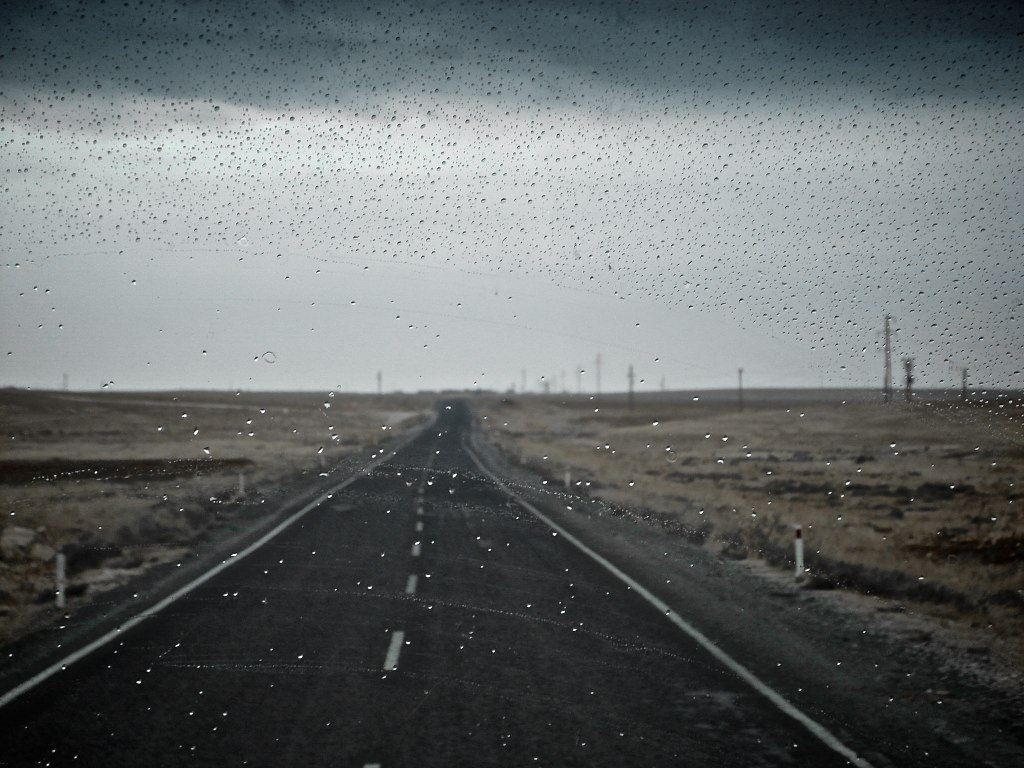 Syrian Chronicles: Part I | Part II | Part III | Part IV | Part V
Syrian Chronicles: Part I | Part II | Part III | Part IV | Part V
In this series, Syrian refugees share their stories of being displaced as a result of the current atrocities occurring in that region. All accounts are factual, but may be written by a family member or a friend.
By Eaman
My name is Eaman and I left my home, heart, and husband in Syria.
In October of 2012, I sought refuge from the tumultuous and chaotic scene my homeland has become and fled to Jordan.
My mother-in-law, disabled and suffering from Alzheimer’s, accompanied my child and me on the two-day trip to Al-Zarqaa, a city 50 kilometers (30 miles) from Amman, the capital of Jordan. We settled in Amman and tried our best to adjust.
Within a few months, when the yearning for all that I had left behind was more than I could bear, my husband Luay finally decided to try and join us. I use the term “try” because Luay, like many other Syrian men of all ages, was wanted by regime security forces for some unwarranted crime and leaving Syria was not a legal option for him.
Nonetheless, he tried for his mother’s sake, for his son and his wife, and for his own livelihood. Although escaping Syria put his life on the line, staying there did not guarantee him anything either. Dodging checkpoints and airstrikes, and living in the shadows to escape captivity were not exactly ideal living conditions.. The best he could do was to try and cross into Jordan.
And so he did. Five months after my mother-in-law, my son, and I officially became Syrian refugees in Jordan, my husband Luay began the perilous trek across the border of Syria and Jordan along with a few other men.
Traveling conditions were brutal; the men voyaged on foot, traveling strictly within Free Syrian Army-controlled areas, which added the obstacle of constant shelling and bombardment from government forces. The men only traveled at night in order to avoid Syrian Army checkpoints. Unfortunately they could not use any light for fear of being targeted by regime snipers, whose numbers were highly concentrated within the area. Through it all, the group shared the task of carrying a wounded man across a distance of 300 km (186 miles).
Typically this trip takes less than three hours by a car; Luay arrived at the Jordanian border fifteen days later. The men were greeted with the heartless refusal of entry by border patrol. The border patrol was somehow unconvinced of the refugees’ dire need to escape the violence and enter Jordan. At what they perceived to be their final destination, the runaways were turned away and prohibited from entering the infamous Al-Zaatari refugee camp, with promises to enter the following day; no legitimate reasons for the delay were provided.
The men were forced to retreat to a village near Daraa, a Syrian city directly north of the border of Jordan. The Syrian Army was well-aware of the fact that this village was a “gathering point” for Syrian refugees flocking in large numbers to Jordan, so the area was faced with constant, heavy shelling.
Luay ran the risk of captivity and death back and forth between Jordan and Syria for the next few days, returning every night to no avail. After a week of unfulfilled promises on the part of Jordanian border patrol, and much begging, bribing, and intercession on the behalf of Luay’s party, the men were finally able to enter the Al-Zaatari refugee camp. Here hundreds of thousands of Syrians, then and now, are dying to live through utter starvation, disease, and poverty.
My husband and I are reunited; my home and heart remain in Syria.

May Allah help Muslims all around the world! Ameen!
[…] Chronicles: Part I | Part II | Part III | Part IV | Part […]
[…] Chronicles: Part I | Part II | Part III | Part IV | Part […]
[…] Chronicles: Part I | Part II | Part III | Part IV | Part […]
[…] Chronicles: Part I | Part II | Part III | Part IV | Part V | Part […]